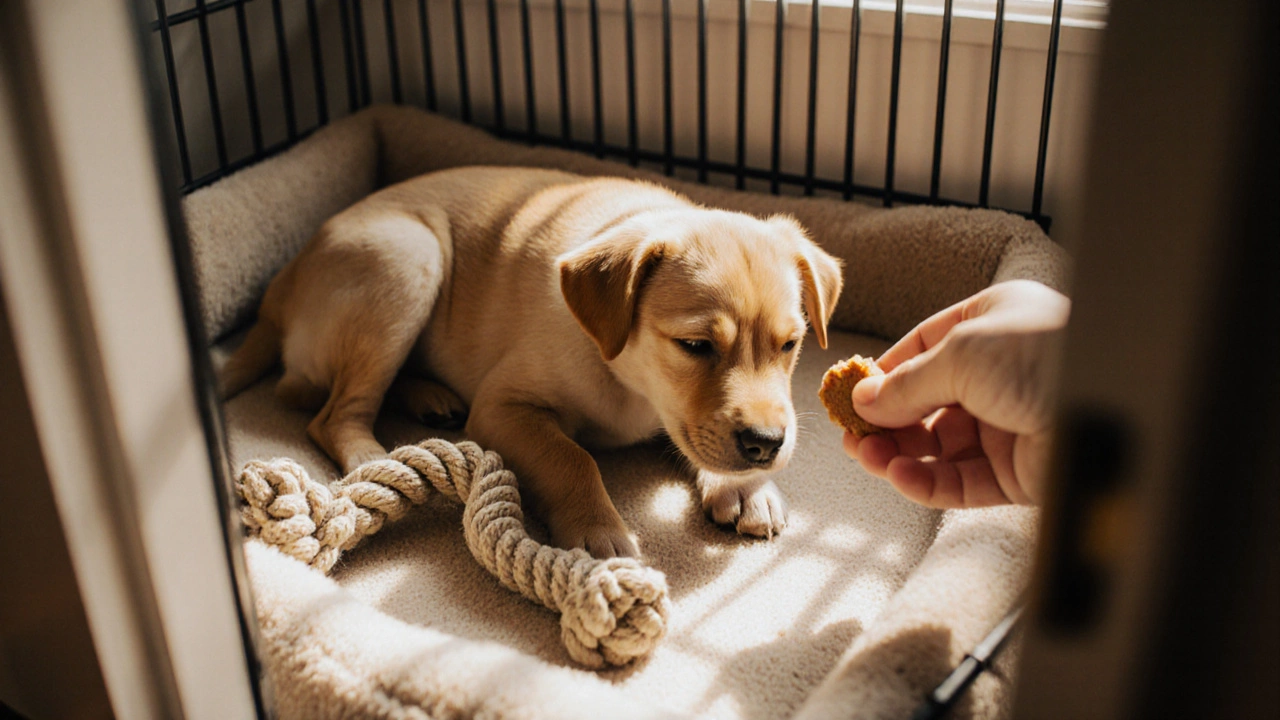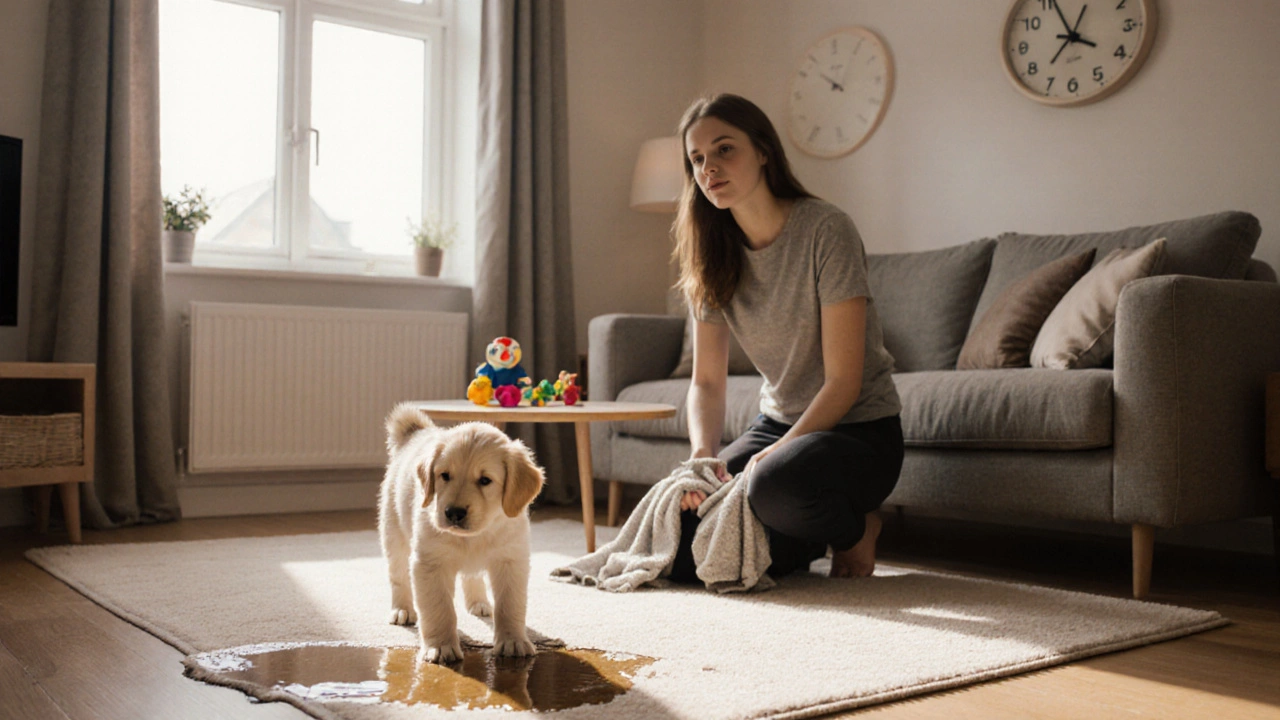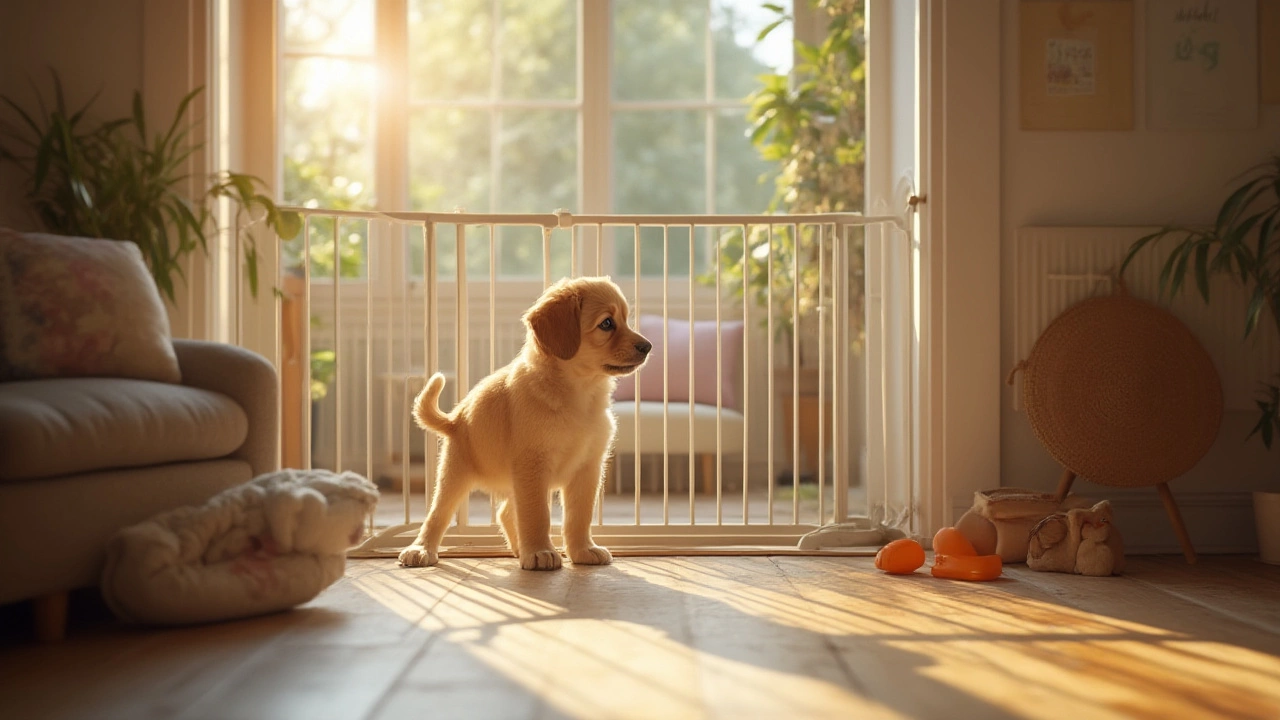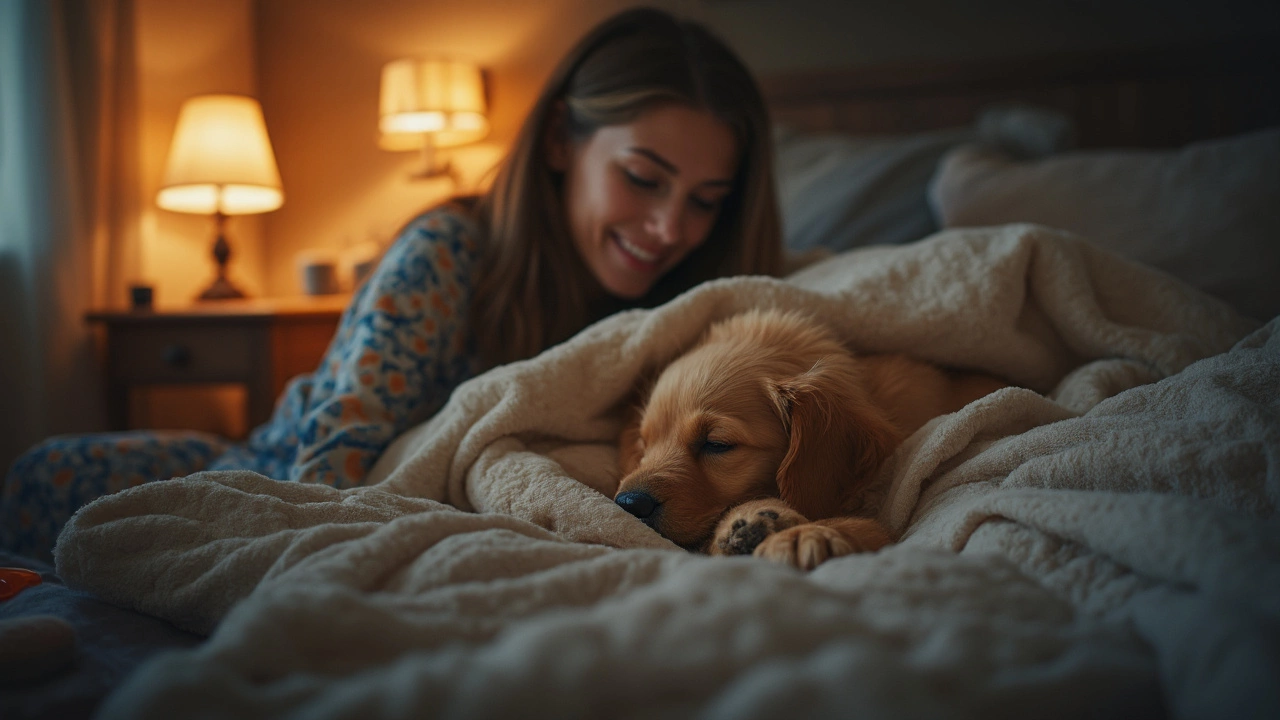Crate Training Made Easy: A Practical Guide for Dog Owners
If you’ve ever wondered why some dogs love their crates while others seem to hate them, you’re not alone. Crate training isn’t about punishment – it’s about giving your pup a safe, cozy spot that feels like their own little den. When done right, a crate can help with house‑breaking, reduce anxiety, and make travel a breeze.
Why Crate Training Works
Dogs are natural den‑seekers. In the wild they curl up in tight spaces to feel protected. A well‑chosen crate taps into that instinct, offering a snug retreat where they can relax without being disturbed. Because the crate is their safe zone, they’ll quickly learn to associate it with calm and positive experiences – not confinement.
Another big win is house‑training. A dog won’t soil its sleeping area, so a properly sized crate forces them to hold it until they’re let out. This naturally encourages regular bathroom breaks and cuts down on accidents inside the house.
Step‑by‑Step Crate Training Plan
1. Pick the right crate. It should be just big enough for your dog to stand, turn around, and lie down comfortably. Too much space defeats the den effect; too little feels cramped.
2. Make it inviting. Add a soft blanket, a chew toy, or an old shirt that smells like you. Keep the door open at first and let your dog explore at their own pace.
3. Use meals inside. Feed your dog their regular kibble inside the crate. This creates a positive link and shows the crate is a good place to be.
4. Short, frequent sessions. Start with 5‑minute intervals while you’re home. Gradually increase the time as your dog seems comfortable, aiming for 30‑minute blocks before stepping out for a quick walk.
5. Add a cue. Choose a word like “crate” or “door” and say it each time you open the door. Over time your dog will associate the cue with entering the crate on their own.
6. Never use the crate as punishment. If your dog starts to dread it, go back a step and make it more inviting again. The goal is a happy, relaxed space.
7. Practice away from home. Once your dog is comfortable, try short crate stays in the car or a friend’s house. This builds confidence for travel and vet visits.
Remember, consistency beats speed. A few minutes of gentle, positive exposure each day builds trust faster than a long, forced session.
Common mistakes to avoid: leaving the crate door open when you’re not home, using the crate for isolation after a mistake, or choosing a crate that’s too large. Each of those can turn a helpful tool into a source of stress.
When you notice signs of anxiety – whining, pacing, or frantic scratching – pause the training and give your dog a break. Offer extra calm time outside the crate and try again later with a shorter duration.
With patience and the right approach, your dog will see the crate as a cozy hideaway, not a prison. That means fewer accidents, calmer travel, and a happier pup overall. Ready to give it a try? Grab a crate, a blanket, and a treat, and start the first short session today – your dog will thank you later.

Puppy Crate Time: How Many Hours Per Day Is Safe?
Learn the safe amount of daily crate time for puppies, with age‑based guidelines, signs of over‑crating, and practical tips to keep your pup happy and healthy.
View more
How to Stop a Puppy from Peeing and Pooping Inside the House
Learn a step‑by‑step method to stop your puppy from peeing and pooping inside, covering schedules, crate training, cue words, cleaning, and troubleshooting.
View more
When to Let Your Puppy Roam the House: Training, Timing, and Safety Secrets
Wondering when to let your puppy roam the house? Find out how to time it right, prep your home, and avoid common mistakes for a happy, well-behaved pup.
View more
Can an 8 Week Old Puppy Sleep Through the Night? What to Expect
Worried your 8 week old puppy won't let you get any rest? This article explains what’s normal for puppy sleep at this age and why their nights don't always match yours. You’ll get real-world tips for helping your pup (and you) get more sleep. Learn how long puppies can actually hold their bladder, and find out how to set up bedtime for better nights. Whether you’re a first-time puppy parent or just need reassurance, this guide has you covered.
View more